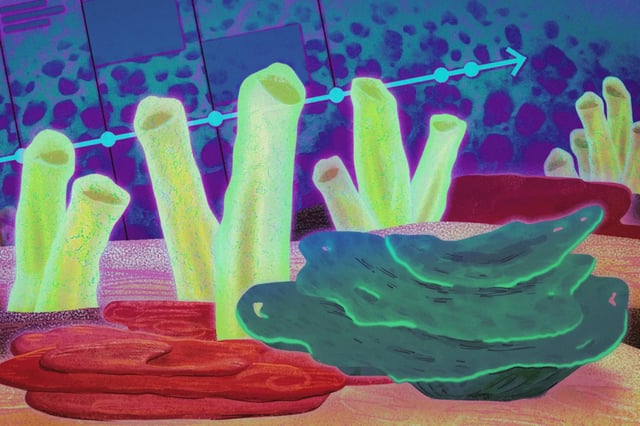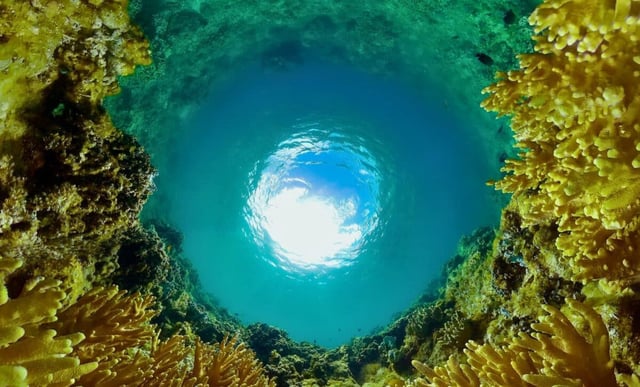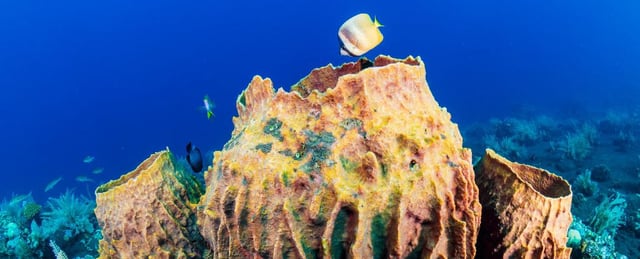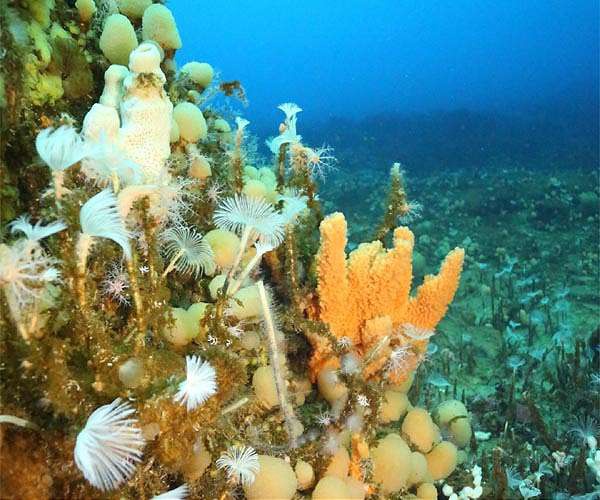Overview
- An MIT-led study in PNAS reports rare C31 steranes alongside earlier C30 signals in Marinoan-age sediments, reinforcing a biological origin tied to sponges.
- The biosynthetic pathway is traced to the same gene in living demosponges, linking modern sponge chemistry to the ancient molecular record.
- Laboratory fossilization experiments with eight synthetic C31 sterols produced two products that match the ancient remnants found in the rocks.
- The results address prior challenges that invoked algal or abiotic sources and present a workflow for authenticating ancient biomarkers.
- The team is expanding the search to additional Ediacaran formations, including samples from Oman, India, and Siberia, to refine the timeline of early animal emergence.



